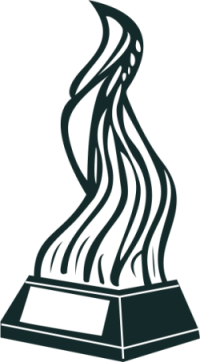About us

The International Society for Electrostatic Precipitation is a leading, global, non-profit organization with members from all around the world. We host and develop a network of interested parties from all over the world in order to provide a forum for the exchange of information on research and application of electrostatic and plasma technologies. ISESP members, partners and associates develop standards, provide education and training, publish books and technical articles and host conferences on electrostatic precipitation and related technologies. The Society operates without any discrimination on grounds of race, religion, nationality, or political philosophy.

